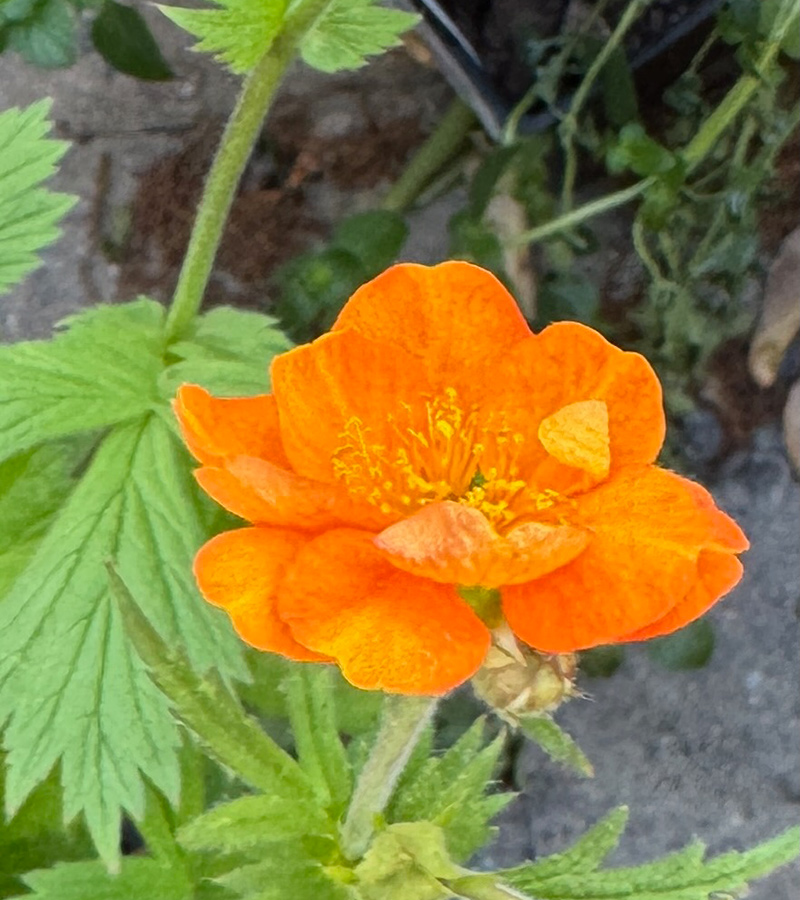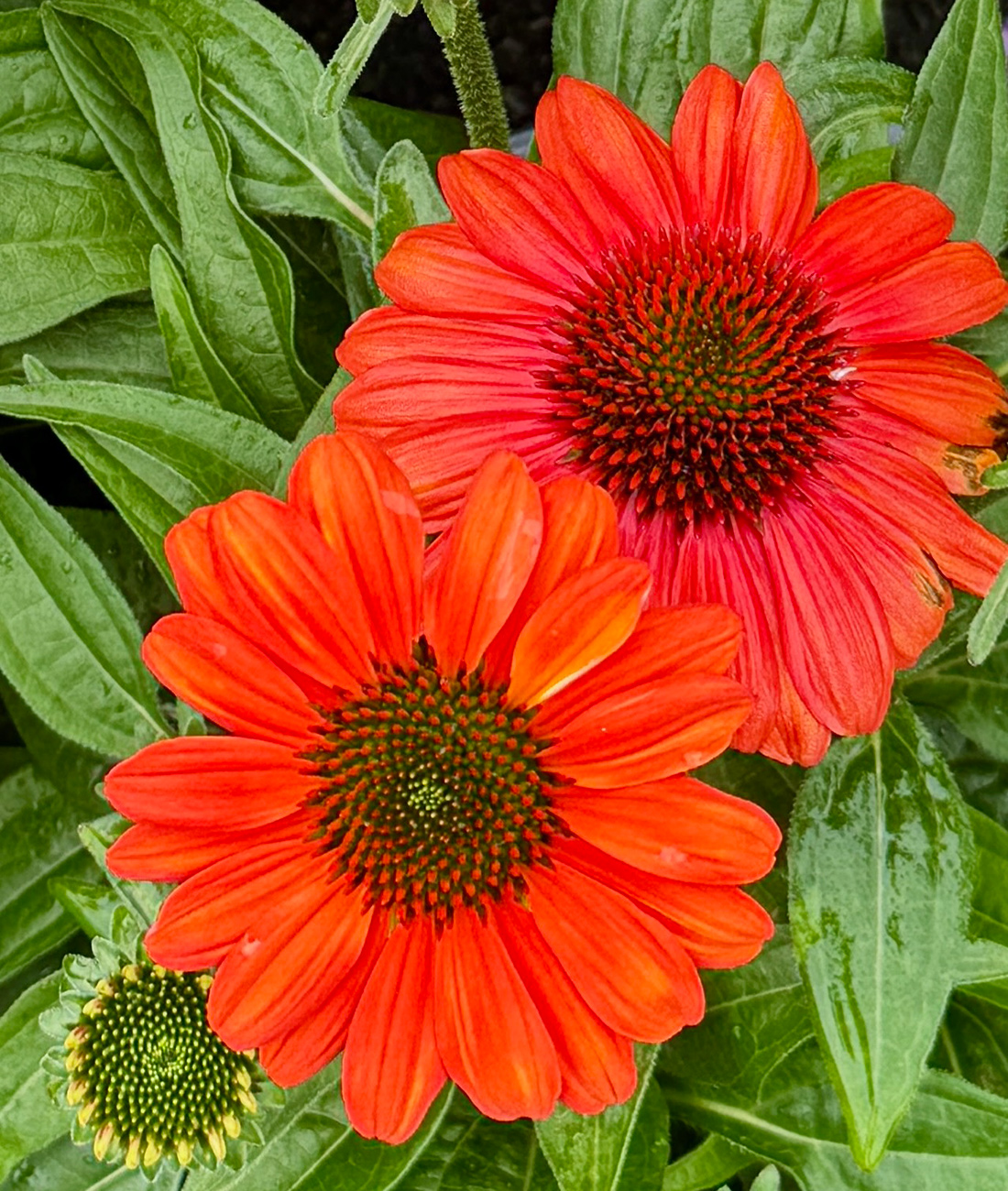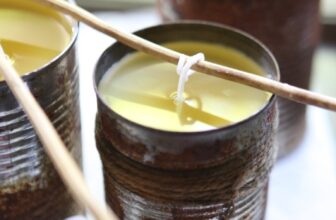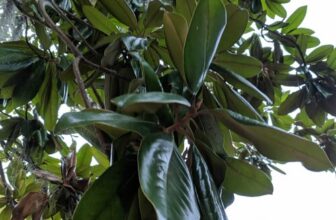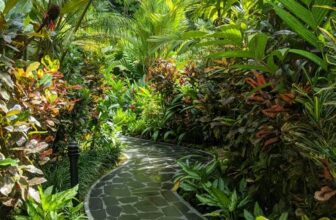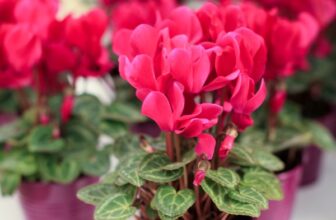When I’m designing a planting plan, clients most often request 1) an analogous color scheme—neighbors on the color wheel—of blue, purple, pink, or 2) a simple green-and-white palette. I love the easy serenity of these options, but sometimes we want to inject more energy into the scheme, and no color brings the energy quite like orange.
At this point, some of you are totally with me (Reese’s! Life of a Showgirl vinyl! Veuve Clicquot!), and some of you are cringing (fake tans and Home Depot parking-lot jams). Orange elicits a definite reaction. One of the funniest things a client ever said to me was, “I like any color, but don’t come at me with some orange!”
Stay with me, though, because I’m not just talking about a secondary color of 50 percent yellow and 50 percent red. The orange flowers readily available at the nurseries cover a wide spectrum, from strong coral to the softest peach. I’m confident there’s an orange option for you.

How can you introduce orange flowers in your garden?
For a low-risk approach, experiment with a container arrangement or add just one type of perennial to a bed for a limited period of extra pop. (This is the “throw-pillow approach”—fun and easy to change if you regret your choice.)
If you’re solidly in the pro-orange camp, you might like a variety of accent plants to cover a longer season, or even a hotter analogous planting plan (yellow, orange, red) with tropical resort vibes.
Tip: I love to pull out my Gardener’s Color Wheel when planning (obsessing) over plant combinations.
Easy Annuals
 |
 |
I use a lot of impatiens and begonias for months of container color. I often combine multiple colors to soften the transition between flowers (photo above left), but a strong complementary palette has a hot vibe that is still harmonious with a garden containing a lot of blues and purples (photo above right).
Powerful Perennials
‘Totally Tangerine’ geum
I’m obsessed with ‘Totally Tangerine’ geum (Geum ‘Totally Tangerine’, Zones 5–7). Fuzzy foliage forms a solid base, with stalks of bright yellow-orange flowers held up in an airy display. This one starts early (April) and keeps going for months, but it’s also a small flower that blends well into a bed without being overpowering.
Butterfly milkweed
The plant that made me an orange convert was butterfly milkweed (Asclepias tuberosa, Zones 3–9). This isn’t a new plant to anyone, but could we take a moment to appreciate the range of color on a single plant? It covers the spectrum from coral to yellow, allowing it to both stand out and serve as an echo of other flowers. The bloom time covers the summer months, increased by its tendency to self-sow.
Kismet® ‘Intense Orange’ coneflower
Each year there are more orange Echinacea options at the nurseries. A popular option is Sombrero® Adobe Orange (Echinacea ‘Balsomador’, Zones 4–9), which Mt. Cuba named as one of the top cultivars for pollinator visits and ease of growing in their 2019 report. I like Kismet® ‘Intense Orange’ coneflower (E. ‘TNECHKIO’, Zones 4–9) for its compact habit (about 18 inches high). It works well in a container or toward the front of a bed.
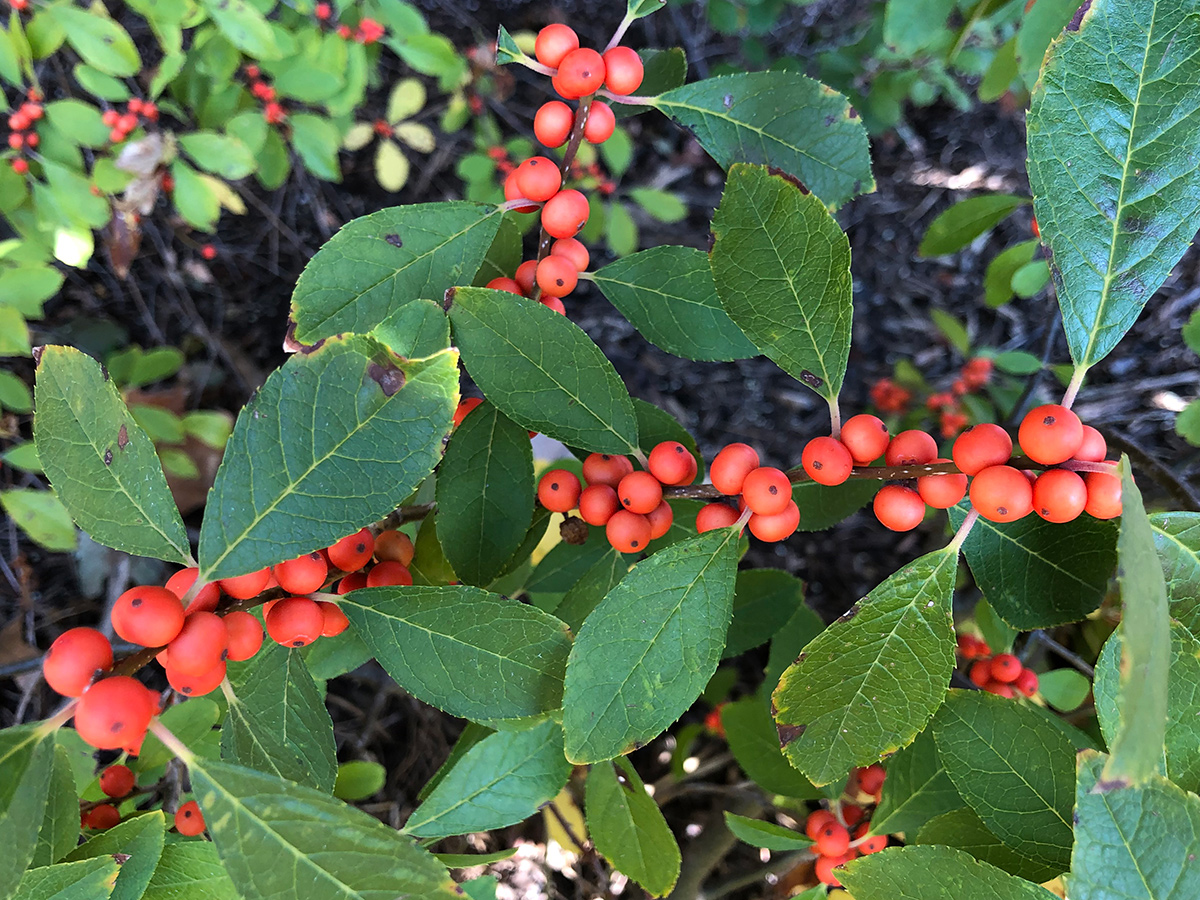
Little Goblin® Orange winterberry
One of my favorite shrubs is winterberry (Ilex verticillata, Zones 3–9). You’re familiar with the beautiful red berries, but a lesser-known variety to try is Little Goblin® Orange (I. verticillata ‘NCIV2’). These shrubs have the same winter impact but with fat orange berries instead of red. Try them on their own or mixed in with a dwarf red berry like ‘Red Sprite’ (I. verticillata ‘Red Sprite’ syn. I. verticillata ‘Nana’) or Berry Poppins® (I. verticillata ‘FarrowBPop’) to carry the orange energy right through the winter.
What do you think? Are you ready to experiment in your garden?
Other ways to introduce orange in the garden:
- Try an orange structure, such as an arbor or a trellis.
- Adirondack chairs are like Volkswagen Beetles—they work in any color. Try a pair of orange chairs for a bright accent.
Find more orange plant inspiration:
Discuss this article or ask gardening questions with a regional gardening expert on the Gardening Answers forum.
And for more Mid-Atlantic regional reports, click here.
Maureen Robinson is president of the Washington, D.C., Maryland, and Virginia chapter of the Association of Professional Landscape Designers (APLD).
Photos, except where noted: Maureen Robinson
Fine Gardening Recommended Products
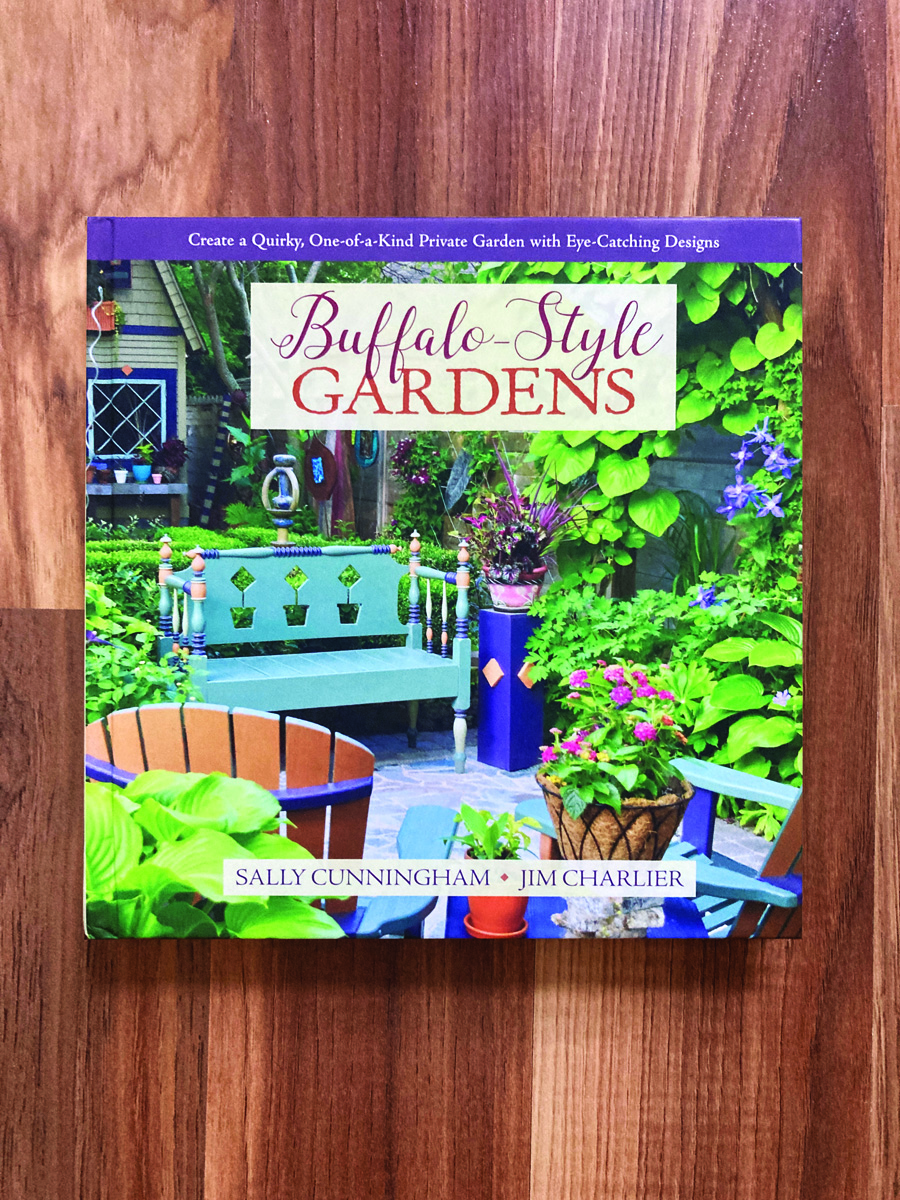
Buffalo-Style Gardens: Create a Quirky, One-of-a-Kind Private Garden with Eye-Catching Designs
Fine Gardening receives a commission for items purchased through links on this site, including Amazon Associates and other affiliate advertising programs.
Buffalo-Style Gardens is a one-of-a-kind, offbeat garden design book that showcases the wildly inventive gardens and gardeners of Buffalo – and offers readers “the best of the best” ideas to use in their own small-space gardens.

Veradek Corten Steel Series Cube Planter
Fine Gardening receives a commission for items purchased through links on this site, including Amazon Associates and other affiliate advertising programs.
The Square Metal Planter is built from thick-gauge corten steel that naturally develops a rust patina for a modern rustic look. Measuring 22″ tall by 21″ wide, it includes drainage holes, optional plugs, and styrofoam insulation for year-round use. Delivered flat with hardware and instructions, it assembles easily and is designed to withstand temperatures from -20 to 120 degrees, making it a durable and stylish choice for any outdoor space.

